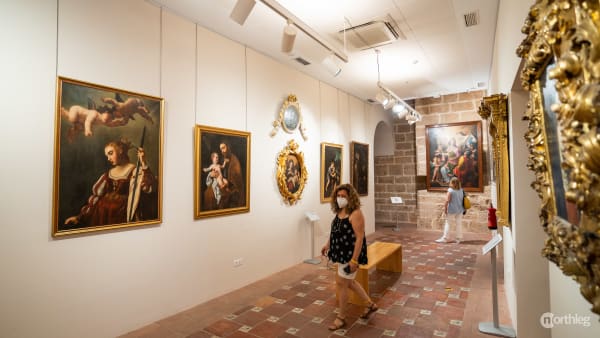Debated origins
Debated origins
There are two main theories regarding the origins of the Fallas festival, one to do with the festival’s pagan roots, and the other with the Christian origins of the celebration. A third theory combines the two into one, where the Christian impetus behind the festival actually feeds into the pagan one.
Carpenters’ day
One theory finds the origins of the festival in the carpenters’ celebration of their patron saint, St Joseph. Tradition dictates that, during the winter and autumn months, Valencian carpenters used to illuminate their workshops with a parot, a sort of chandelier supported by a wooden pole.
In springtime, when St Joseph’s day came around, the carpenters would put the parots in the street together with unused scraps of wood. As the days were becoming longer, they no longer needed the extra light and were able to burn the parots to celebrate their patron saint.
Over time, the bonfires became richer and the poles more elaborate, to the point of being given human appearances. They soon became a way to mock disliked political figures or known people.

The spring equinox
The other theory has to do with the seasonal celebrations that used to take place around solstices and equinoxes. According to this theory, Fallas is a direct descendant of the spring equinox celebrations that used to take place in the region in ancient times. Right at the turn of winter into spring, people would celebrate the seasonal change with bonfires and festive ceremonies.
The Catholic institutions would then have absorbed this ritual into their own traditions, rebranding it as a celebration related to St Joseph (San José, in Spanish). The final Fallas day, as it just so happens, falls basically on the day of the spring equinox.















